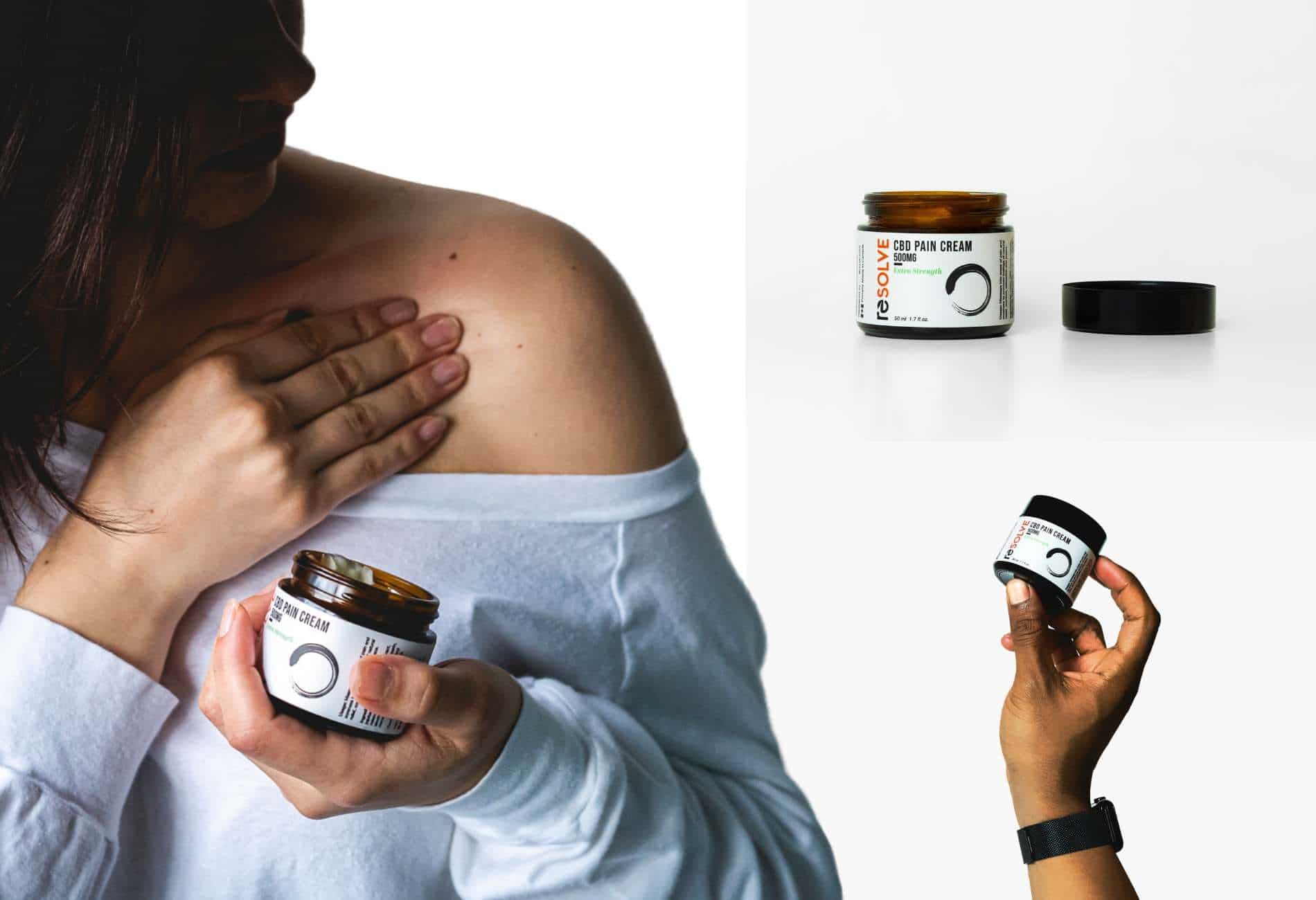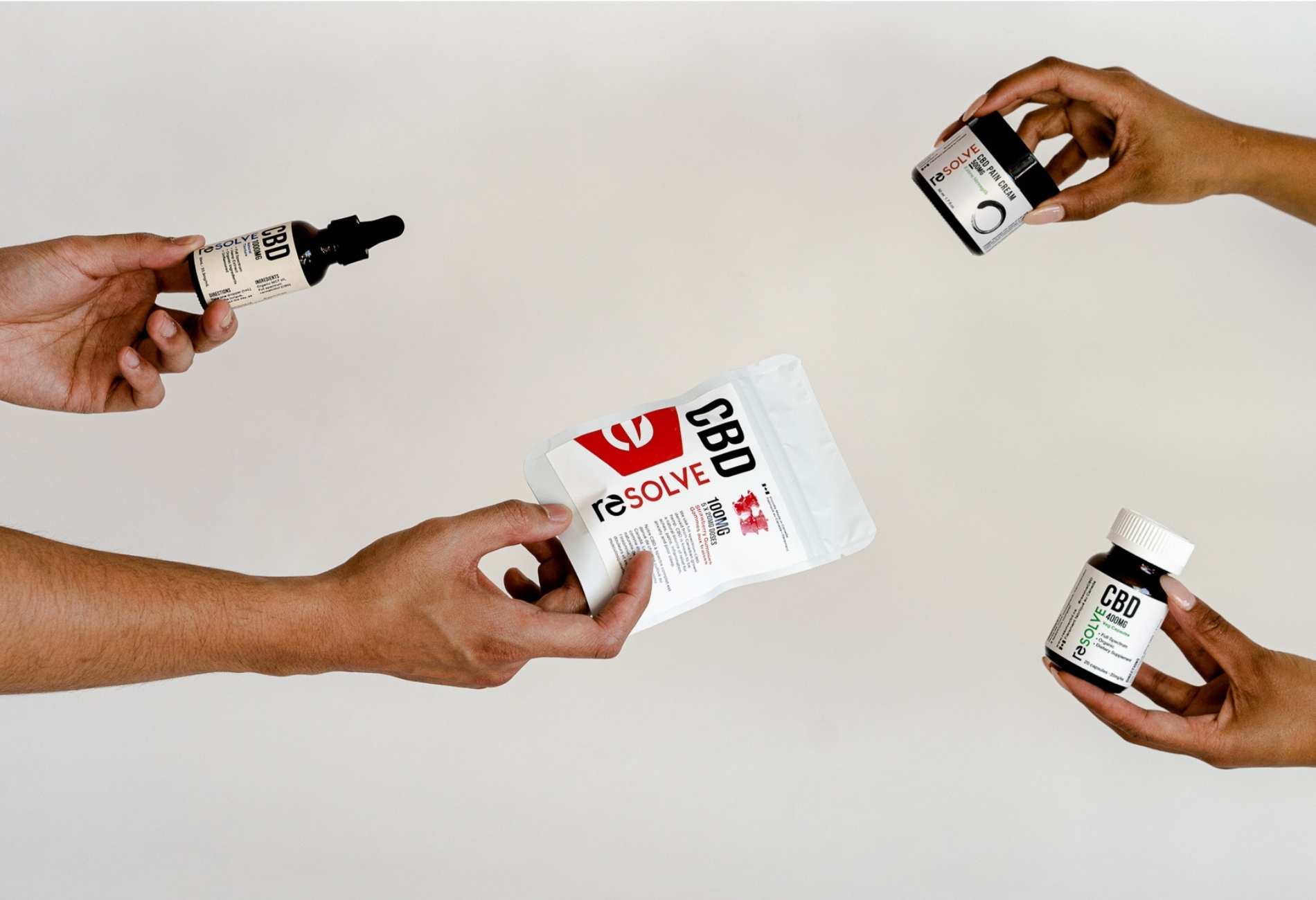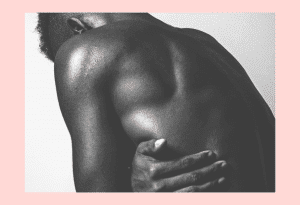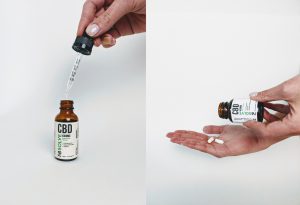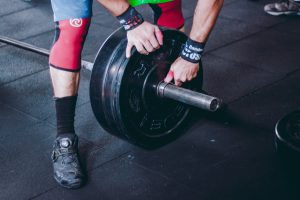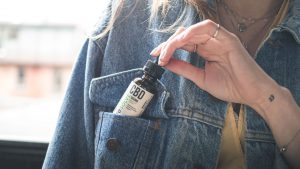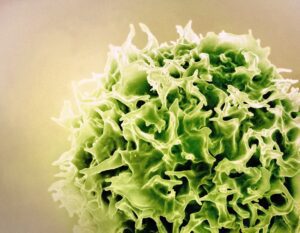How long does it take for CBD to work?
Reading Time: 7 minutes
Choosing the right CBD product is important, and your decision may also be influenced by your preferred consumption method and the length of time it takes to activate in your system. It is important to note that how long it takes for CBD to work will differ based on the consumption method that you choose.
Contents
CBD, short for cannabidiol, has grown in popularity over a relatively short amount of time. Many who have added it into their wellness routine boast its numerous health and beauty benefits, and with good reason. CBD has been shown to combat a variety of ailments and injuries such as muscle pain, epilepsy, diabetes, and more. Research has also proven its efficacy in dealing with certain skin conditions like acne, inflammation, and improving the overall look and feel of skin. Additionally, CBD has pervaded the pet industry so now your pets can reap the benefits of CBD as well.
How is CBD absorbed and how fast does it work?
Let’s consider how long it takes CBD to work: once CBD is absorbed by your body (excluding topical), it is first processed by your gut, liver, and other digestive organs, after which it is sorted into either useful or unusable substances. CBD impacts your body once it interacts with the Endocannabinoid System (ECS), your internal system responsible for regulating and balancing immune responses, metabolism, and cell communication – in other words, homeostasis. As a phytocannabinoid, CBD achieves this by stimulating ECS receptor responses that can bring about therapeutic effects.
However, not all of the CBD you consume will not make it to your bloodstream, and even less will reach your ECS. Because some CBD won’t make it through the lining of your intestines, it will automatically be deposited into the unusable category along with other components that exist in some CBD product that your body will dispose of. The measure that is used to determine the amount of CBD absorbed into the bloodstream and made available to the ECS is called bioavailability; it is defined as the rate in which CBD is absorbed into the blood.
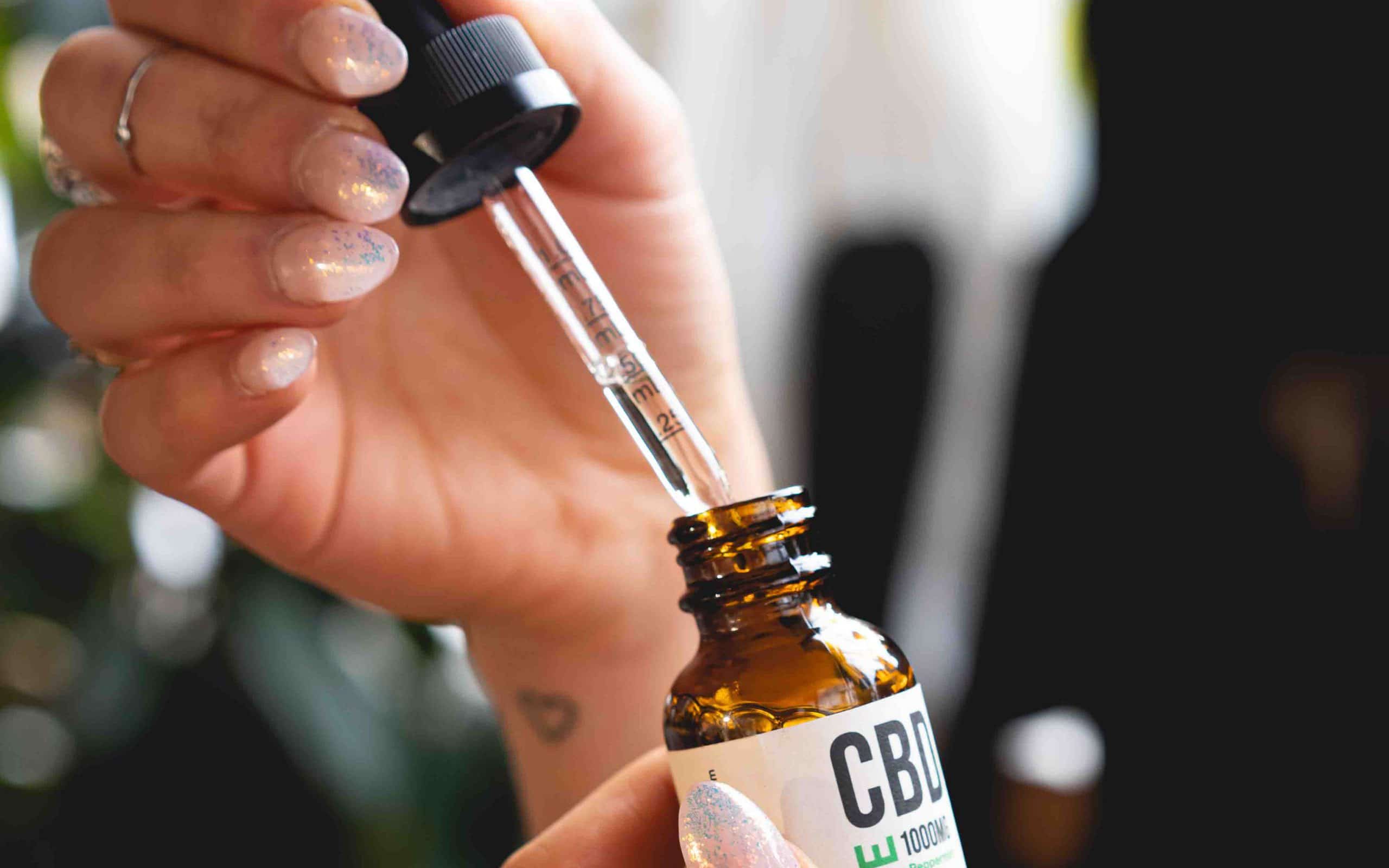
Factors that affect CBD absorption and speed of effect
The lasting effects of CBD and the amount of time it requires to take effect depend upon a number of factors including the dosage and potency of the product, body weight of the user, quality of the product, and the method of consumption. While it may seem obvious that a higher dose of CBD will yield better results, this isn’t necessarily the case due to the biphasic nature of CBD. While larger doses of CBD will result in a greater absorption into the bloodstream, in general, cannabinoids exhibit their greatest benefit when consumed at a mid-range dosage for a given person.
What does that mean? With such a wide range of end users and ailments being treated this is difficult to quantify, however it’s believed that CBD’s effectiveness has a bell-shaped curve, meaning that an ideal dose is somewhere between too little and too much. While dosage recommendations help as a starting point, only through trial and error can you find the optimal dosage for you.
Another consideration of how CBD affects an individual is its bioavailability, and therefore potency. There are multiple factors that influence bioavailability and are important when considering dosage. The degree to which bioavailability is influenced by external factors depends on both the extraction type (full-spectrum vs isolate) and extraction method (CO2 subcritical/supercritical or solvent-based). Full-spectrum CBD is widely considered to be the least adulterated and most bioavailable extraction type because it retains trace cannabinoids, terpenes, flavonoids, and essential oils contained in the raw plant material; the combination of these compounds working together produces an “entourage effect”, leading to elevated levels of absorption. In regards to internal factors, bioavailability can also be influenced by body weight: the higher volume of fat cells that an individual possesses, the more CBD they can absorb and store. The storage of CBD will be important to those looking for a prolonged and lasting effect.
The overall quality of a CBD product is another fairly obvious factor to consider; there are numerous options of seemingly similar CBD offerings available, however finding consistent quality is not as easy. Some products may contain high amounts of additives or contaminants, which can lead to a reduced quality and potency. More significantly, ensuring you purchase quality CBD products is crucial to staying safe and healthy; with the growing popularity of CBD, many brands have entered the market with substandard practices . If you have any doubt about the product you are buying, try and locate a Certification of Analysis from the company.
Finally, the method of consumption will have a significant impact on the bioavailability and absorption rate of CBD. Below, we’ve covered the most popular consumption methods, the length of time they take to interact with your body, and the benefits and drawbacks of each. So if you’ve ever wondered how long CBD takes to work, you’ve come to the right place!
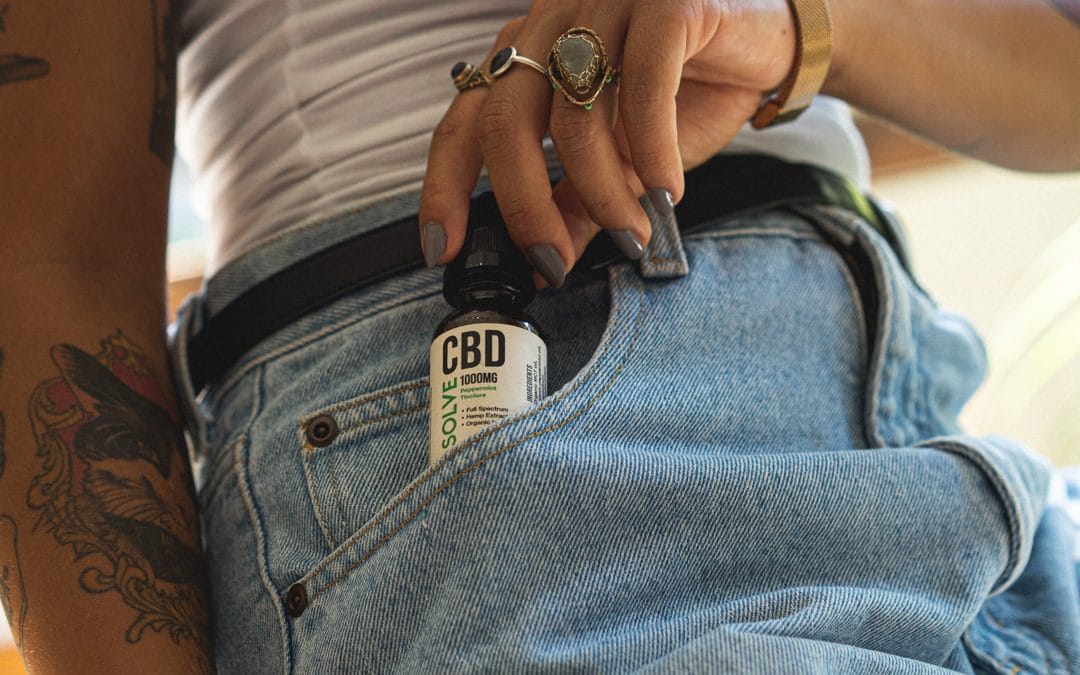
Ingesting CBD edibles
Ingesting CBD can include anything from baked goods like cookies and brownies, to CBD drinks, capsules and gummies. As you may have guessed, this method of consumption describes CBD passing through your digestive tract. Edibles can be an ideal method for those who are looking for a creative and enjoyable way to consume CBD, as well as those who want a premeasured dosage or delayed onset. Baking CBD into goodies can be a fun activity to try at home alone or with friends, just make sure you pay close attention to the dosage of each serving.
The product options for CBD infused edibles are innumerable, so it’s not surprising that this is also the most flexible when it comes to taste preferences. In regards to how fast CBD works in an ingestible or edible form, they typically take effect within 45 minutes on the low end to up to 2 or 3 hours after being consumed, depending on your digestive system, metabolism, and how much you’ve recently eaten. While no studies have proven this theory, it is believed that ingested CBD has a delayed onset when consumed on an empty stomach, or for those who have a slower metabolism. If you are looking for a more rapid absorption rate, this consumption method may not be your best option.
On the other hand, ingesting CBD provides the slowest onset as well as the longest-lasting effects when compared to other consumption methods. So while it may take some time for your body to absorb CBD this way, it’s the best option for those looking for lasting results. Given these considerations about ingesting CBD, many have found that the most effective dose method for improved sleep is by taking a CBD edible or capsule an hour or two before going to bed.

Applying CBD topicals
Topical CBD products typically come in the form of creams, balms, and salves. Unlike CBD edibles and oils that work from the inside out, topical CBD products are applied to particular areas of the skin. They are used for more specific purposes that target skin-deep issues, such as reducing inflammation and relieving muscle pain. When used topically, CBD does not reach the bloodstream in any significant quantity, however it is very capable of interacting with nearby CB2 cannabinoid receptors on the skin’s surface. While human skin has low permeability (blocking most substances from entering), the abundance of CB2 receptors on the skin allow for an effective fast delivery on a targeted area. In this way, the topical method is less potent in some respects, particularly if you’re seeking internal or psychological benefits – you won’t experience any non-physical benefits with this method, such as reduced anxiety. However when applied directly to the skin, CBD will target the abundant CB2 receptors located in skin cells. This means it is highly effective at interacting with aspects of your ECS that regulate pain and inflammatory responses, and has the benefit of a localised focus..
The right dose of a topical product is less clear than edibles and oils, and will depend on the area of application as well as severity of the condition being treated. For instance, you should massage less product onto your temple to relieve a headache as compared to a leg or knee application to decrease muscle or joint tension. Another consideration about using topical CBD is to be aware of the ingredients used . For example, if you intend on using it for a facial application, there may be ingredients unsuited for this which could lead to an adverse reaction. It is also worth noting that, because of the skin barrier, the topical method of application has a slow absorption rate; similar to CBD edibles, you can expect a long-lasting effect. This is particularly useful for pain relief and can be a more desirable alternative to over-the-counter painkillers as the effects from topical CBD can last up to six hours.
Consuming CBD Oils (sublingual consumption)
Taking CBD oil sublingually (under the tongue) is one of the quickest and most common ways to consume CBD, so how long does it take for CBD oil to kick in? Sublingual consumption is the delivery method of placing an amount of CBD oil underneath your tongue letting it dissolve for a minute or two before swallowing. While superficially similar, this consumption method differs from ingestion in that the CBD bypasses the liver and digestive system entirely by being absorbed by mucous membranes located in the mouth. Skipping the metabolization process that occurs during ingestion allows the compound to enter the bloodstream more rapidly. Additionally, because CBD consumed this way isn’t broken down by digestive enzymes, it does not lose potency.
When using CBD sublingually, though it takes only seconds to consume, it’s important to allow time for absorption as swallowing the oil too quickly will prevent it from entering the bloodstream immediately. In the same way that edibles must go through the digestive tract, consuming CBD oil in this way will require the CBD to go through digestive processes before it can merge into the bloodstream and impact the ECS. One of those processes includes the metabolization of the CBD by the liver. Research on the matter has established that the enzymes released by the liver during this process called “the first pass test” causes a dilution of the CBD concentration, meaning less potency or bioavailability.
How to choose the right consumption method
It may take a process of trial and error before you find the consumption method that suits you best. Be patient, open-minded, and have fun with it. If you’re observant and stay curious, you may discover a technique or method that works for you. There is also something to be said for occasion and circumstance: there are specific times and needs where one consumption method will be better suited over another. For example, as previously discussed, topical CBD products are often the best option when targeting specific areas. On the other hand, if you need a quick dose of CBD, you may want to use the sublingual method. In either case and regardless of the methods you choose to use, the key aspect to benefiting most from CBD is using products made by reputable companies. After all, CBD is meant to be a positive force in your health and wellness journey, and its benefits can only be as good as the quality of ingredients.
DISCLAIMER: Information and products presented by resolveCBD are not intended to diagnose, treat, cure, or prevent any disease or ailment, nor is it intended to be a substitute or alternative for professional medical advice. Always consult with a licensed professional regarding medical treatment or possible interactions with prescribed drugs. Products are intended to be used as directed, by individuals who are 19 years of age or older.



